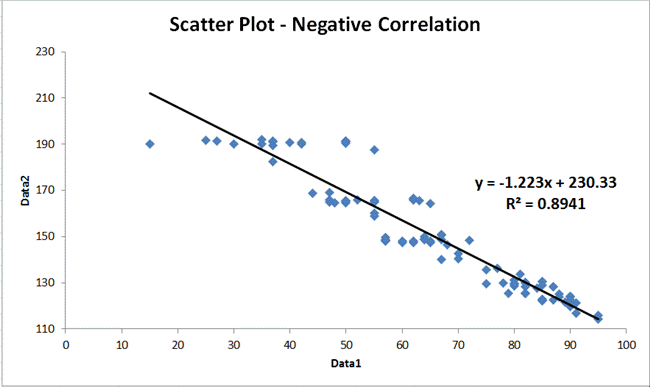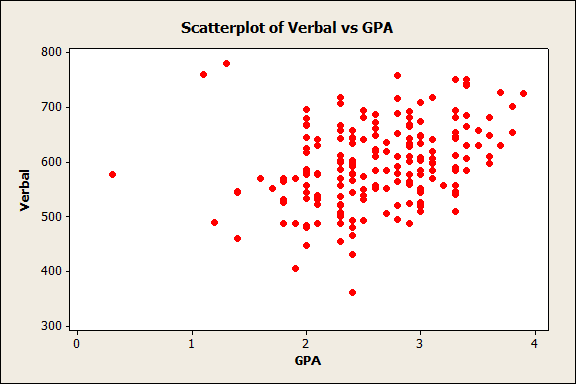

Lines of best fitĪ line of best fit is a sensible straight line that goes as centrally as possible through the coordinates plotted. No correlation means there is no connection between the two variables. Negative correlation means as one variable increases, the other variable decreases. Positive correlation means as one variable increases, so does the other variable. Graphs can either have positive correlation, negative correlation or no correlation. If data plotted on a scatter graph shows correlation, we cannot assume that the increase in one of the sets of data caused the increase or decrease in the other set of data – it might be coincidence or there may be some other cause that the two sets of data are related to. However, it is important to remember that correlation does not imply causation. On days with higher rainfall, there were a larger number of umbrellas sold. The graph shows that there is a positive correlation between the number of umbrellas sold and the amount of rainfall. The number of umbrellas sold and the amount of rainfall on 9 days is shown on the scatter graph and in the table. For example, if I focus on the “Strength” column, I immediately see that “Cement” and “FlyAsh” have the largest positive correlations whereas “Slag” has the large negative correlation.Scatter graphs are a good way of displaying two sets of data to see if there is a correlation, or connection.

This type of visualization can make it much easier to spot linear relationships between variables than a table of numbers. Cells that are lighter have higher values of r. The basic idea of heatmaps is that they replace numbers with colors of varying shades, as indicated by the scale on the right.

For example, once the correlation matrix is defined (I assigned to the variable cormat above), it can be passed to Seaborn’s heatmap() method to create a heatmap (or headgrid). Python, and its libraries, make lots of things easy. The correlation between each variable and itself is 1.0, hence the diagonal. Thus, the top (or bottom, depending on your preferences) of every correlation matrix is redundant. Notice that every correlation matrix is symmetrical: the correlation of “Cement” with “Slag” is the same as the correlation of “Slag” with “Cement” (-0.24). The Pandas data frame has this functionality built-in to its corr() method, which I have wrapped inside the round() method to keep things tidy. Corrleation matrix ¶Ī correlation matrix is a handy way to calculate the pairwise correlation coefficients between two or more (numeric) variables. That is, we use our domain knowledge to help interpret statistical results. But hopefully we are worldly enough to know something about mixing up a batch of concrete and can generally infer causality, or at least directionality. It is equally correct, based on the value of r, to say that concrete strength has some influence on the amount of fly ash in the mix. Of course, correlation does not imply causality. In other words, it seems that fly ash does have some influence on concrete strength.

We conclude based on this that there is weak linear relationship between concrete strength and fly ash but not so weak that we should conclude the variables are uncorrelated. This is the probability that the true value of r is zero (no correlation). Pearson’s r (0,4063-same as we got in Excel, R, etc.)Ī p-value. In this form, however, we get two numbers: But, if we were so inclined, we could write the results to a data frame and apply whatever formatting in Python we wanted to. Here I use the list() type conversion method to convert the results to a simple list (which prints nicer): A Pandas DataFrame object exposes a list of columns through the columns property. In this way, you do not have to start over when an updated version of the data is handed to you.
#A no correlation scatter plot code#
Although we could change the name of the columns in the underlying spreadsheet before importing, it is generally more practical/less work/less risk to leave the organization’s spreadsheets and files as they are and write some code to fix things prior to analysis. Recall the the column names in the “ConcreteStrength” file are problematic: they are too long to type repeatedly, have spaces, and include special characters like “.”.


 0 kommentar(er)
0 kommentar(er)
